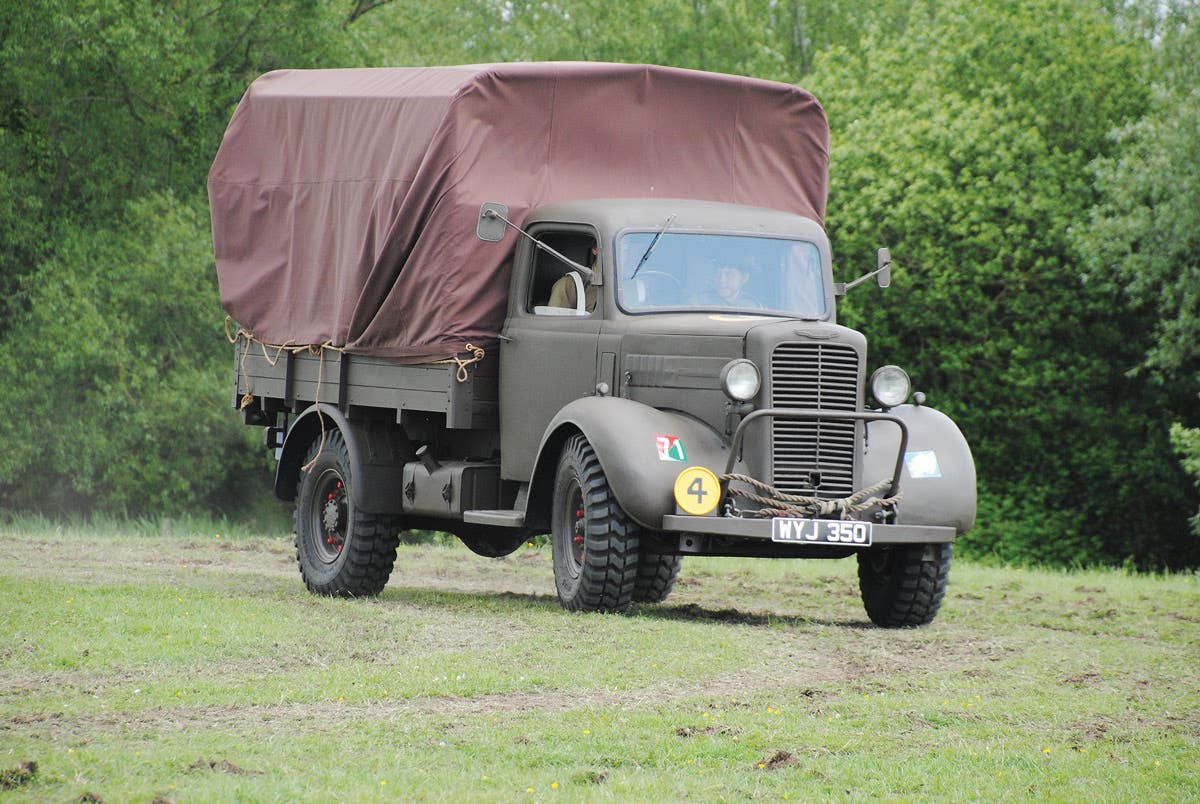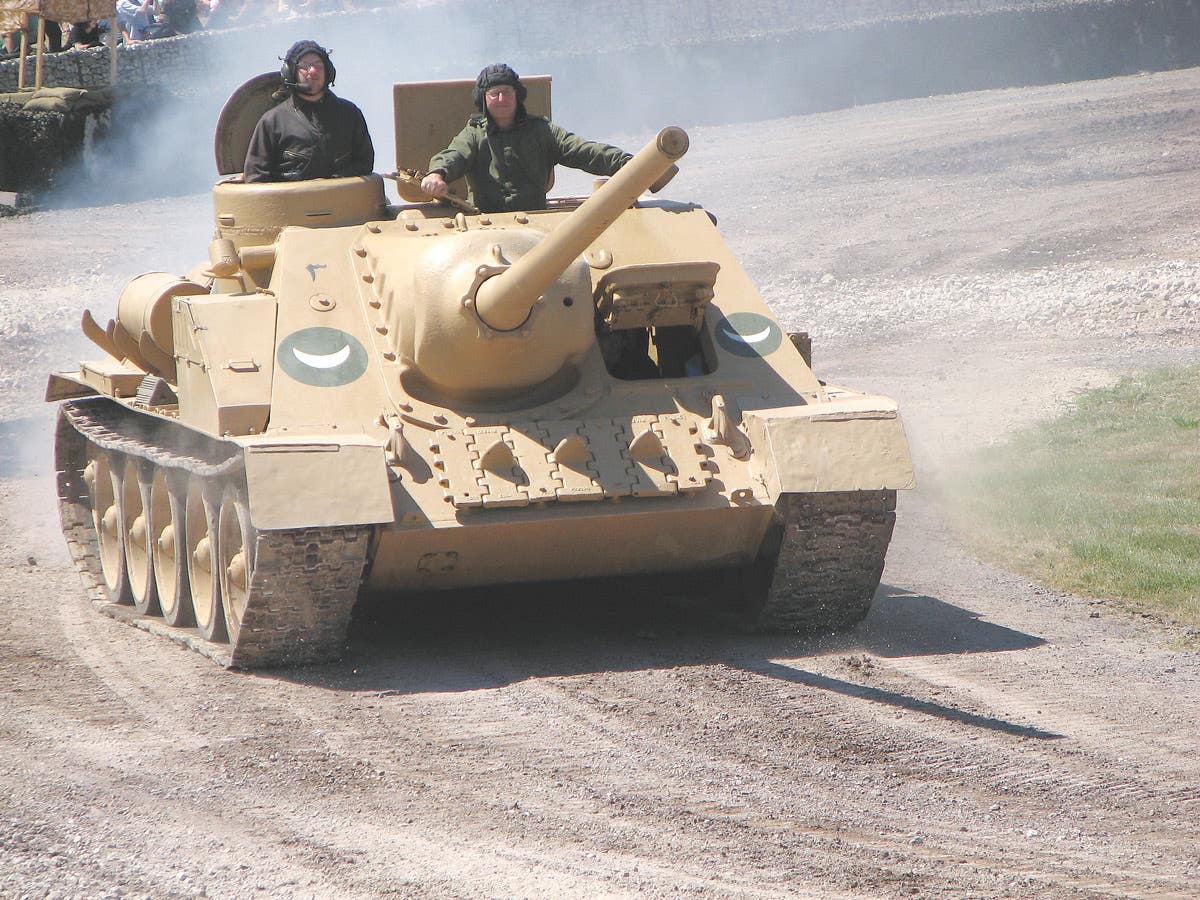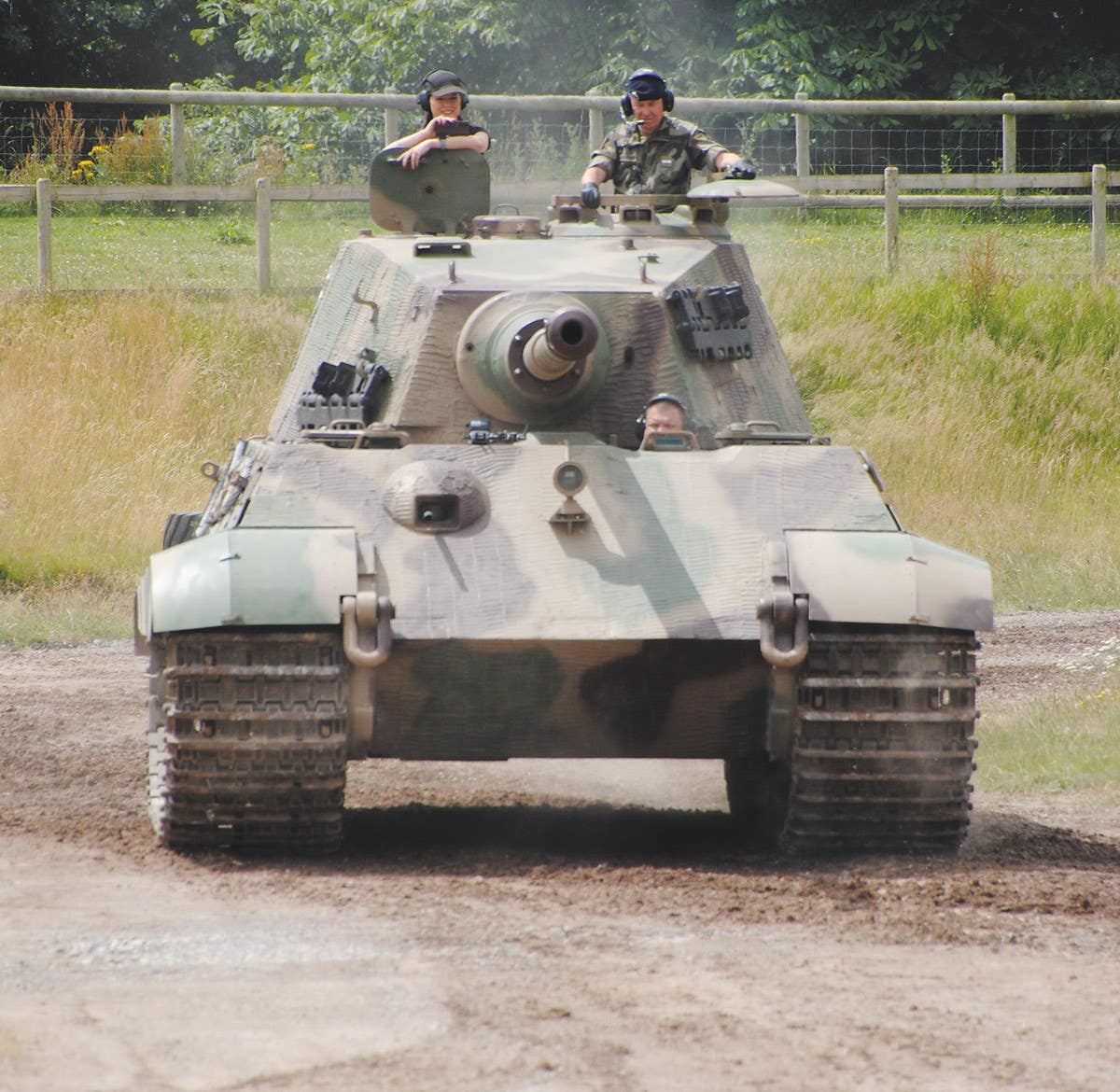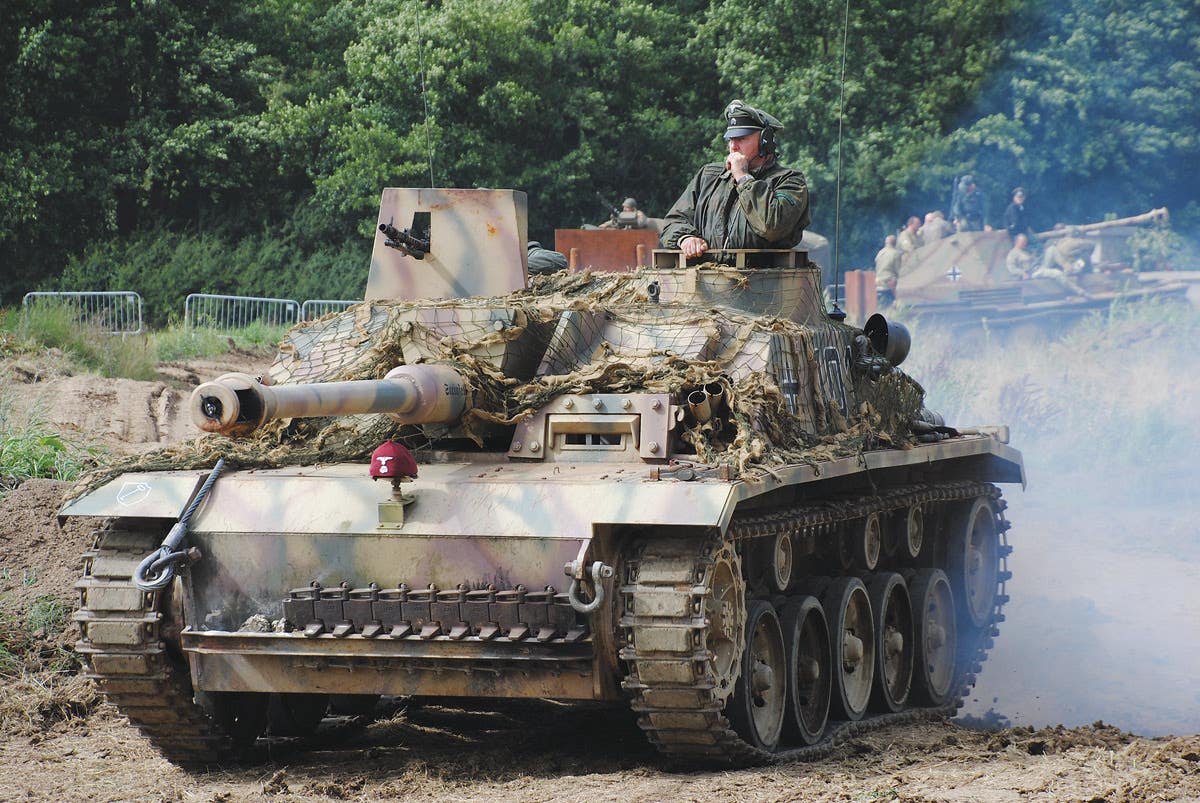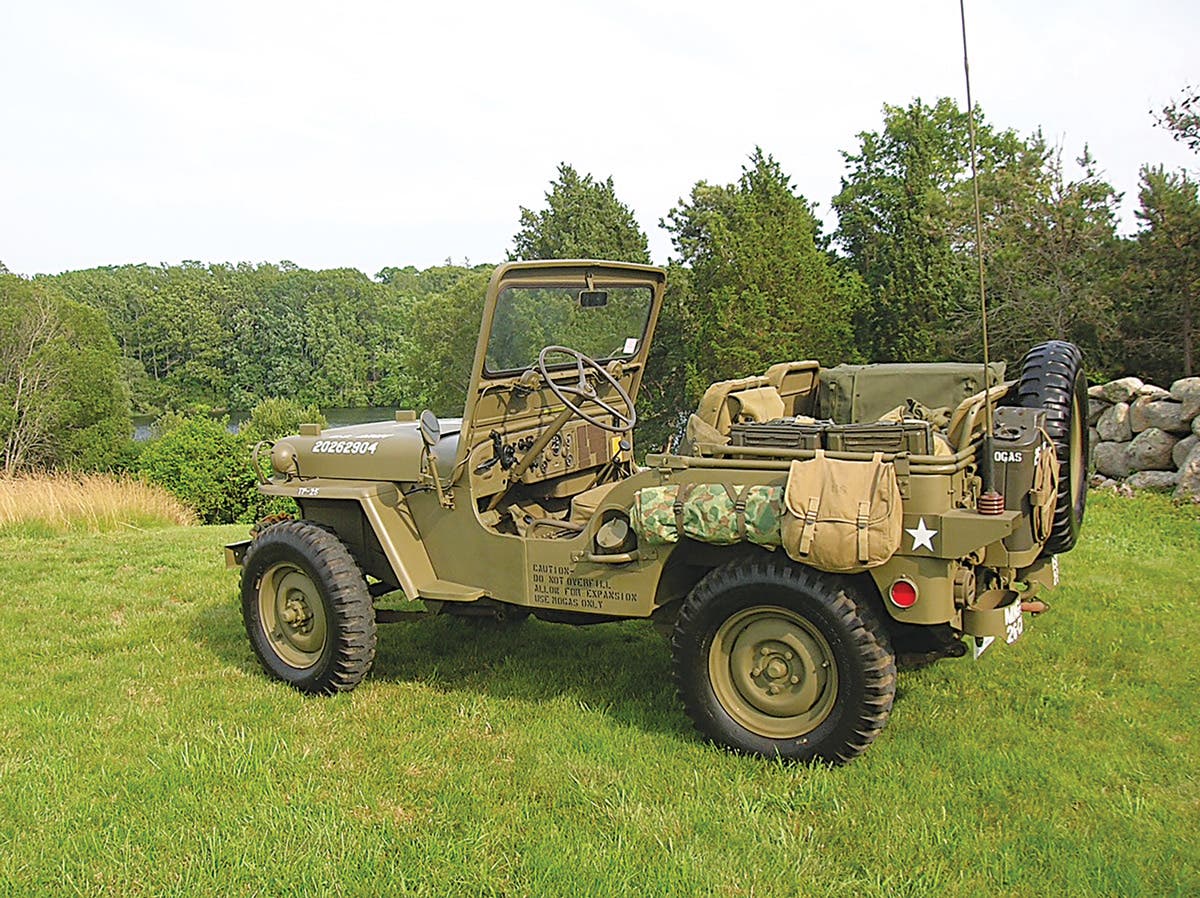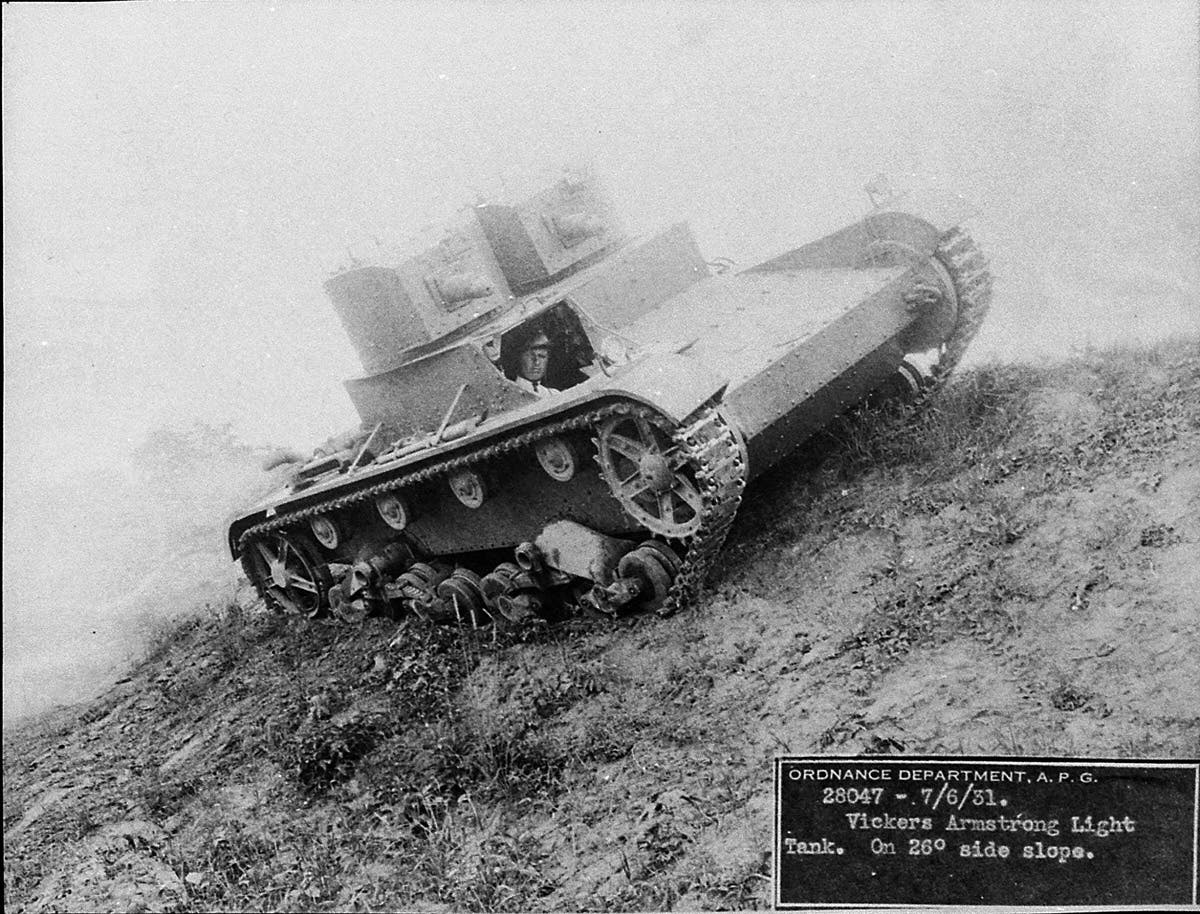A Special Kind of Hood Number
A sight-unseen Dodge WC-12 ends up being an anniversary tribute.
by David Austin
My acquisition of this truck was probably very similar to how many of you may have acquired your vehicle You decided you wanted a particular model. Then you pursued it, searching the web, putting out feelers, and asking around.
I did the same thing. I wanted to restore another Dodge half-ton, closed-cab truck, telling myself, “This one will be a keeper.”
A truck’s mechanicals have never been the deciding factor when I purchase a vehicle. I know I will it tear it down and rebuild it. When I search, my goal is to find the most complete and rust-free truck as possible. From there, I start a ground-up restoration.
Through a friend, I found just that truck: a Dodge WC-12 with a 8-7-41 delivery date.
All I had seen of the truck, though, were photos. The only description I had was from the person storing it for the owner. He seemed very honest and knowledgeable, having his own half-ton truck in the process of restoration. The negotiations went back and forth before I bought the WC-12, sight unseen. I was hoping that the condition was as good as I had seen in the photos.
After a lot of anxiety, the truck finally arrived at my buddy’s Texas shop on June 21, 2015. I was not disappointed!
I knew that the motor was a non-running, cracked-block 251 cu. in. engine coupled to a post-war transmission. I also knew that there was some sort of funky steering setup. Everything else I expected was there: A great body, no rust-through anywhere, and very complete.
The very day that it arrived, I started tearing it down. The plan was a complete strip-down to the frame. With every part sandblasted and finished, I would rebuild all components and replace the non-stock items. I had already started collecting pieces I knew I would need well before the arrival day.
While disassembling the truck, I did notice a few oddities. First, a portion of the frame had been painted blue. I found fire engine red paint inside the door panels. In addition, the handles, hood badges, and headlight buckets had been chrome-plated. This led me to start exploring the truck’s background.
DISCOVERING THE HISTORY
During WWII, my truck had been stationed at a base known as Muroc Army Air Field. Today, it’s known as Edwards Air Force Base. That could have been the reason for the blue paint on my truck.
Next, I learned the truck had been sold as surplus in to a California fire department (location unknown) in 1962. Well, that explained the red paint and chrome!
In 2002, the fire department sold the truck to a military vehicle collector. He sold it in 2005, and I purchased it in 2015.
On to the restoration…
First came a complete tear-down to prepare for sand blasting. I stripped the truck to the rolling chassis and cab before taking everything to a local sandblaster. After sandblasting the chassis and each part, the shop applied a coating of red oxide rust resistant primer.
The truck arrived back at the shop where I could start the restoration. There was a lot of minor body work that included filling shallow dents. I also had a bit of welding and grinding to do to repair the unusual steering setup.
My search for a proper engine came up with a post-war 218 that had been completely rebuilt. I installed the new engine and completely new drivetrain parts, brakes, U-joints, clutch, etc. The restoration was a typical ground-up job.
Finally, after about 6 months of working on it after my day job plus any time I could squeeze in on the weekends, I had a truck running under its own power. It’s a good feeling when reaching this point. I could start and drive it around as needed. While there was much more to finish, at least I had reached this important milestone.
Prior to completing the truck, we moved to southeast Oklahoma. There, I was able to finish the truck in my own workshop.
As a tribute to my dad, I marked the bumper with the unit in which he had served: 801st Engineer Aviation Battalion, Company C.
THE FIRST RIDE
As anyone who has ever restored a truck knows, the first ride is usually anything but perfect. Rattles appear that have to be chased down, adjustments have to be made here and there, bleeding the forgotten brakes, or running out of gas because the fuel gauge isn’t hooked up. Stuff like that. It is to be expected.
Since completion, I have entered this beauty to several car shows and it has won awards in its class. I also volunteered it for the homecoming parade where my wife worked. It’s also been showcased at the dealership where I bought my Ram truck, right alongside the latest generation of Dodge trucks.
Is it done? Well, it is NEVER done.
On most restorations, there are usually some original parts that you tried to get by without replacing. Always being on the search for nicer parts and “trinkets” is part of the fun of owning a historic military vehicle.
It’s been a long road for me. As for the truck, it has seen a lot of traveling. Built at the Dodge plant in 1941, it was shipped to California for its war-time service. After the war, it went to Alabama and then to Texas. Currently, the truck resides in Oklahoma, but its next stop will be Colorado when we move next year.
A Special Kind of Serial Number…
Registration number 20131023 is not the original hood number. I couldn’t find the original number during the restoration.
So, what’s so special about that number?
That pretty lady in the picture is my wife. When it became obvious I would have to create a registration number, I decided to surprise her with a number that means something to both of us: 20131023.
That number is actually a date that is in a format known as ISO-8601. It’s the day we met, October 23, 2013. Three years later, to that day, we were married.
And, not only was this special number on the hood a big surprise for her, I’ll never forget out anniversary!
You may also enjoy
*As an Amazon Associate, Military Trader / Military Vehicles earns from qualifying purchases.
From the staff of North America's no. 1 historic military vehicle source -- Military Vehicles Magazine



